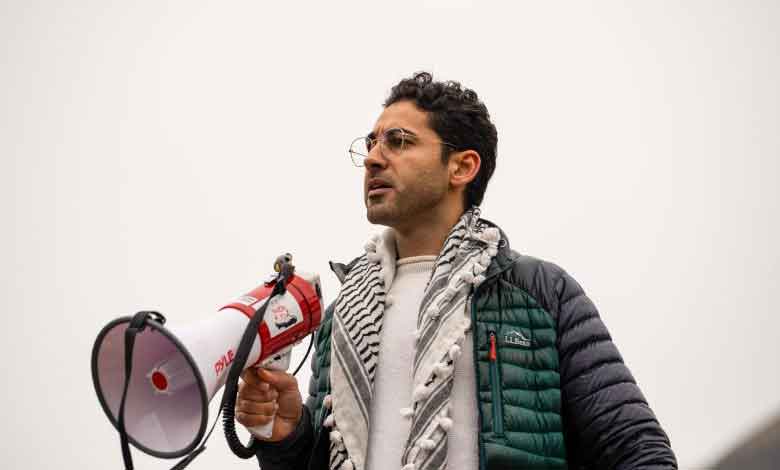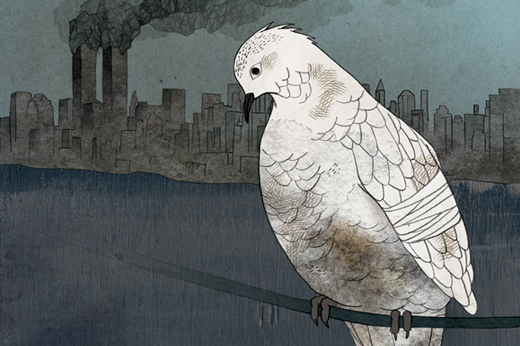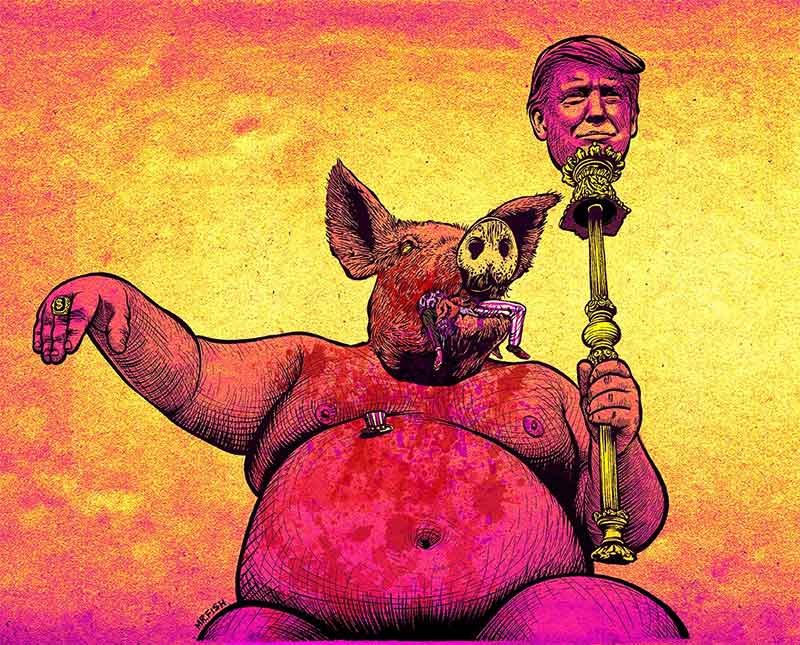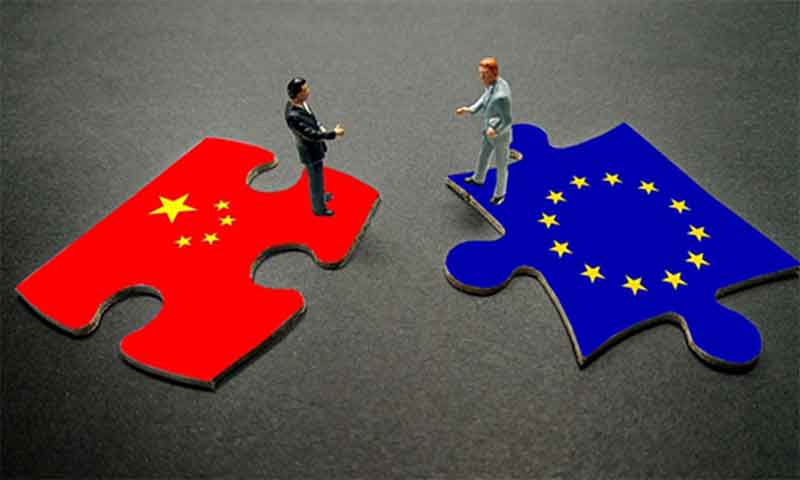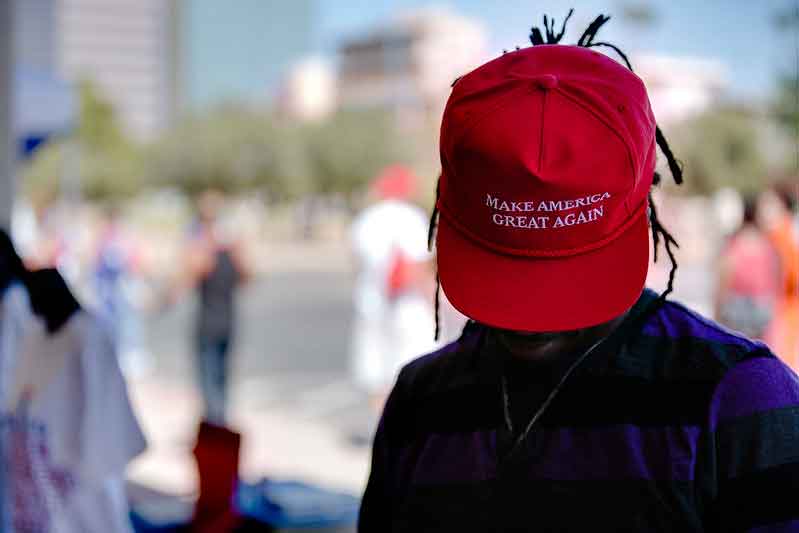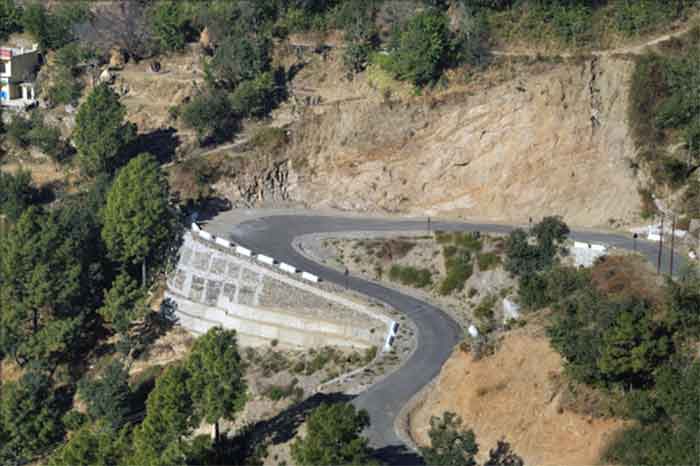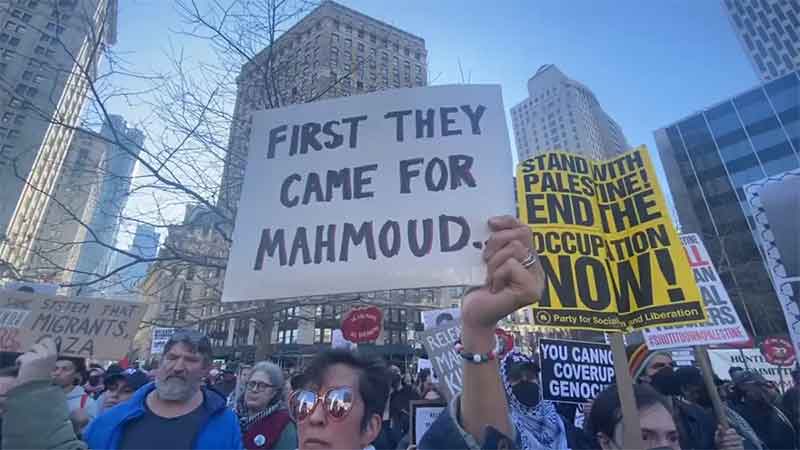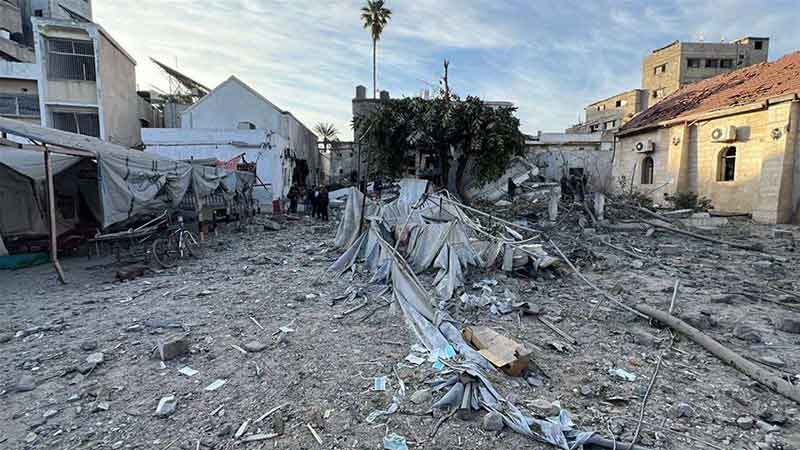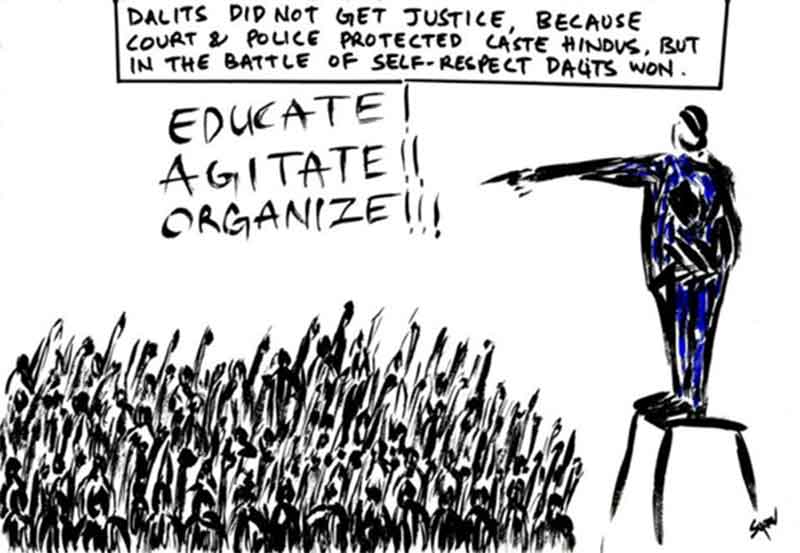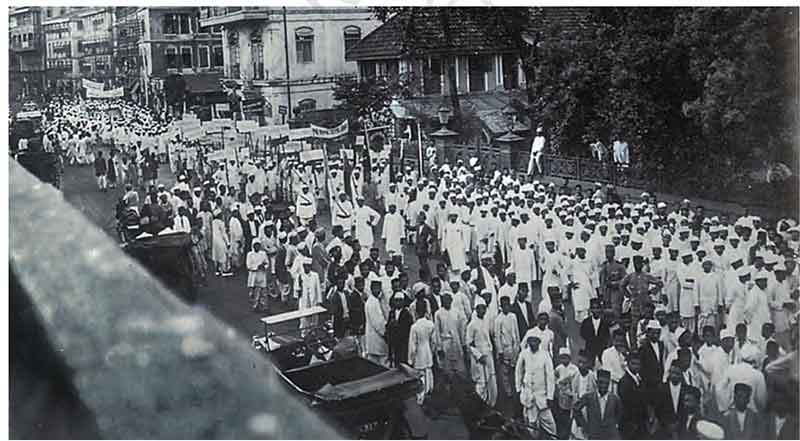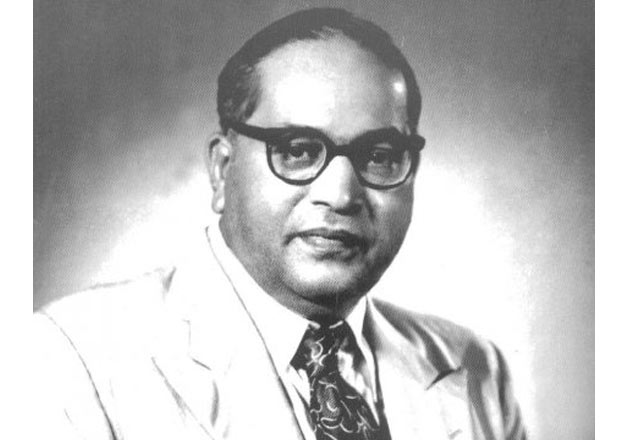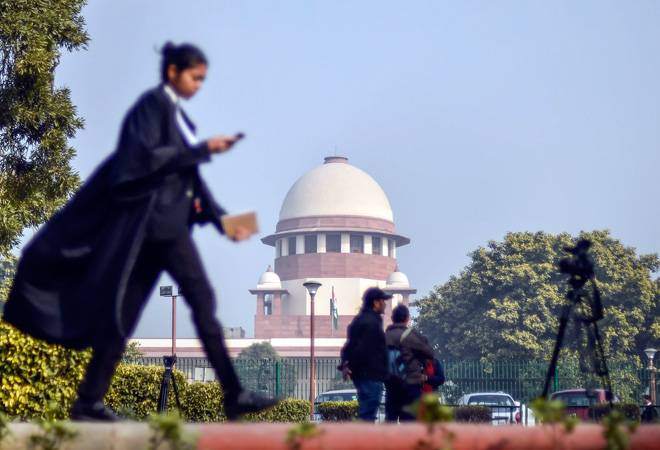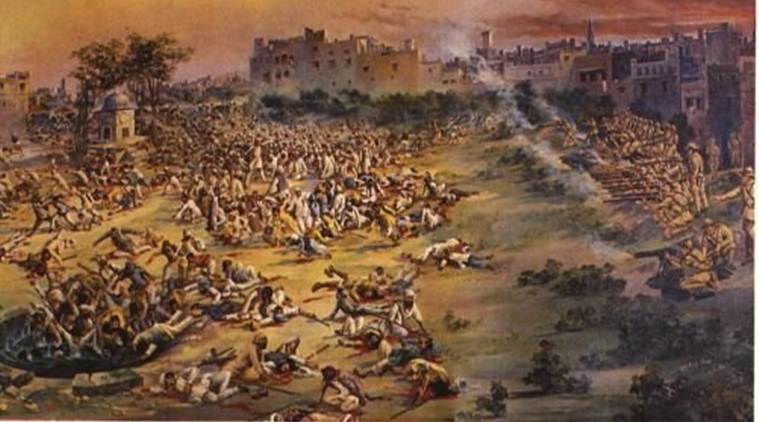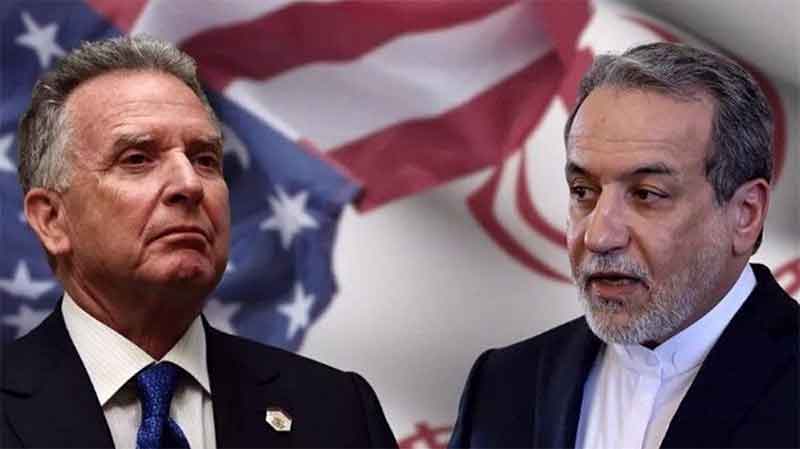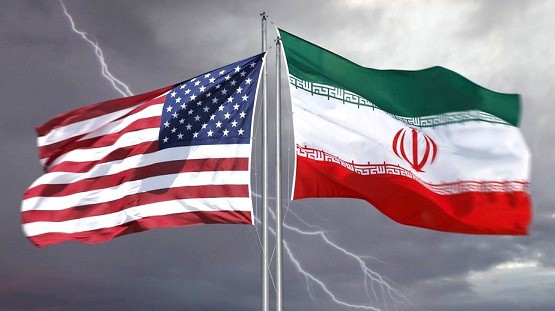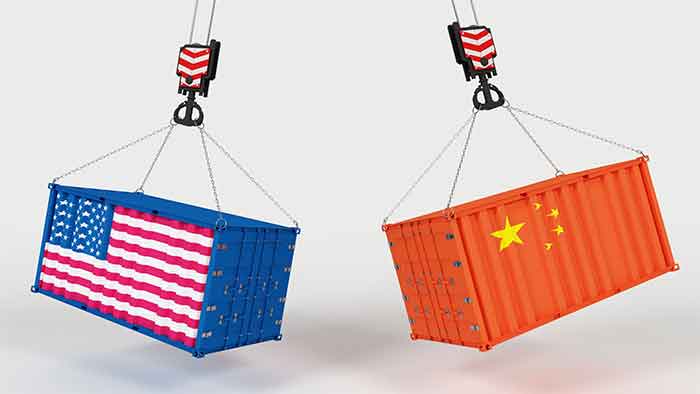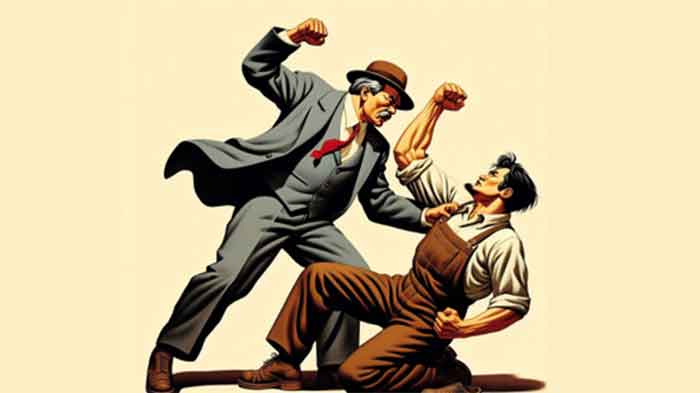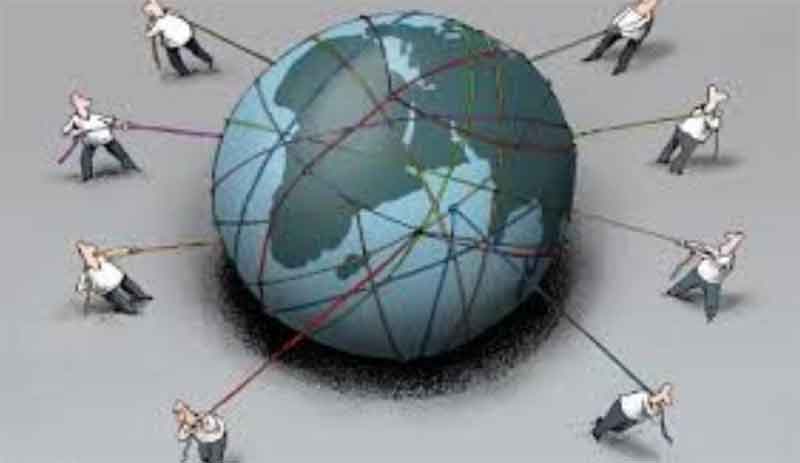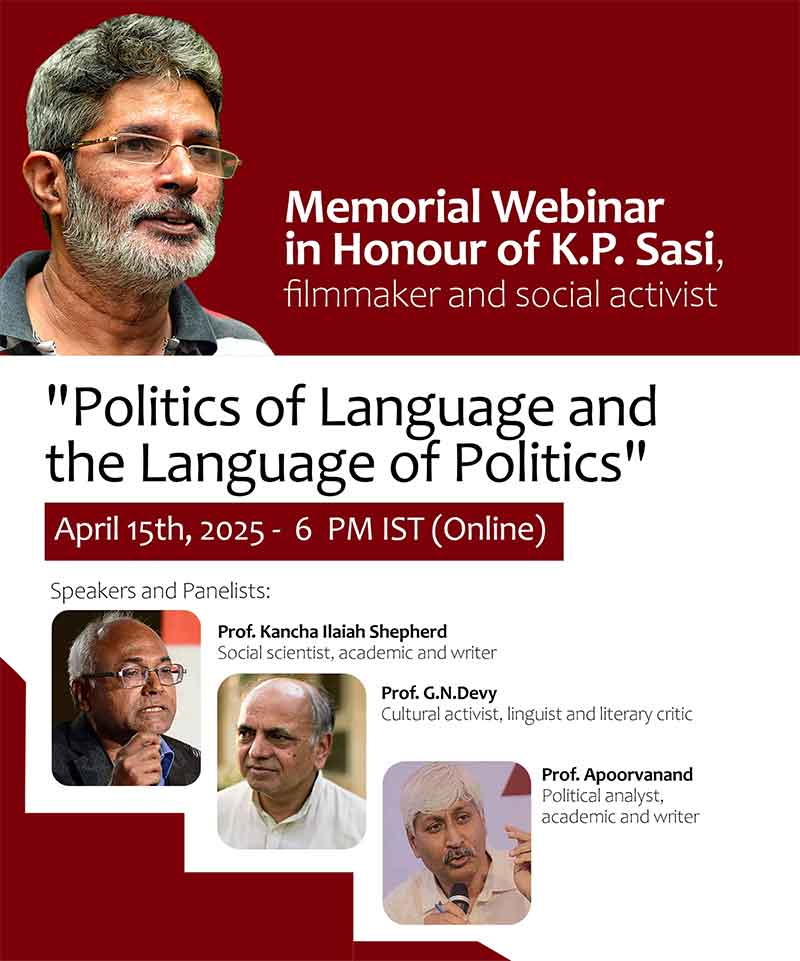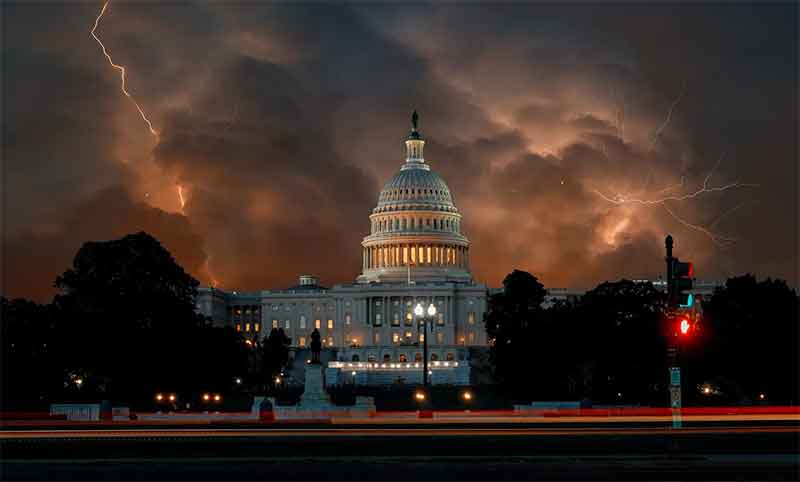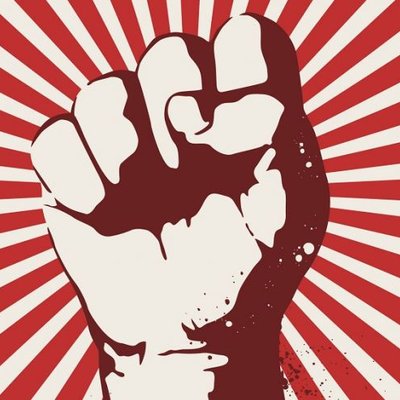
On May 9, 1945, the Second World War ended with the defeat of Germany. It heralded the end of fascism. Nearly eighty years after that day, we are witnessing now a resurgence of fascism in the current policies and acts of the two super powers, the US and Russia (which still hold sway over states in their respective spheres of influence, even after the end of the Cold War). We find the same malevolent intention to manipulate regional politics in other parts of the world in favour of their respective military interests, which marked the acts of Nazi Germany and Fascist Italy in their rivalry with the Western capitalist powers. We hear unmistakable echoes of the same military contest of the past in the present proxy war that is taking place in Ukraine between Russia and the US. The civil war in Gaza between Hamas and the invader Israel, the latter being unabashedly supported by the global power US, recalls the history of similar civil wars in several states of the world on the eve of the outbreak of the Second World War, when the then rival global powers, Nazi Germany and Fascist Italy on the one side and the Western capitalist states and the socialist Soviet Union on the other side, confronted each other.
For instance, in Spain in 1936, a military confrontation took place between a popularly elected Leftist Republican government and a Fascist leader B.F. Franco, an Army General who mobilized his soldiers to oust that government. His troops started occupying territories and almost reached Madrid, the capital from where the Leftists operated. Soon after, the Soviet Union began to pour military aid in support of the Republican government, and volunteers from different parts of the world formed an International Brigade which came to Spain to fight against Franco alongside the Republicans. But Franco managed to defeat them and stage a military coup and assumed dictatorial powers, enabling him to rule Spain for almost four decades from 1939 till his death in 1975.
At around the same time military aggressions by fascist powers were taking place in other parts of the world. In March 1936, the German Nazi ruler Adolf Hitler occupied the Rhineland, and two years later in 1938 he annexed Austria. While these aggressions were through military might, he resorted to non-violent diplomatic means in a conference in Munich in the same year in September, where with the approval of the then British Prime Minister Chamberlain, he extended control over the whole of Czechoslovakia. During the same time, the Italian Fascist dictator Benito Mussolini overran Ethiopia in 1935-36, and attacked Albania in 1939.
Parallel to these acts of extra-territorial incursions by fascist powers, similar acts were being perpetrated by a socialist power, the Soviet Union. Its Bolshevik ruler Josef Stalin was anxious to regain the Baltic territories of the past imperial Russia, which his Tzarist predecessors lost after the First World War. On November 30, 1939, his troops invaded Finland. The Finns fought well, inflicting heavy casualties on the Russians. But being ill-armed and outnumbered by the better-equipped Russian troops, the Finns requested help from Britain on December 13 that year. The British War Cabinet agreed to send further aid, and late in January, 1940 discussed plans for military intervention to accelerate the pace of events. But even though the British troops were assembled to help Finland, they had to be diverted to Norway to face an emergency situation there. Deprived of the external military aid, Finland capitulated in the face of Soviet invasion, on March 12, 1940.
Eerie echoes from past history
There’s the oft-quoted saying (attributed to Karl Marx) : `History repeats itself – the first time as a tragedy, and the second time as a farce.’ But is the second repetition always a farce – or quite often a tragedy of even worse consequences ? I feel that the steps of history have quite often rhymed with those sounds of the past which were strident in military marches leading to tragedies, rather than those which were brisk and flamboyant in the dancing steps that celebrated a few episodes of peace in world history.
What’s happening today ? I feel a deadly sense of déjà vu as I watch the current developments. As in the past when the League of Nations remained a mute spectator to the ravages committed by Mussolini and Hitler in the 1930s, the UN today is an impotent observer of the genocide that is being carried out by Israel in Gaza. Just as Mussolini and Hitler cocked a snook at the somnolent League of Nations, their present counterparts represented by the US-Israel alliance of Biden and Netanyahu are flagrantly violating every international norm laid down by the UN, and ignoring allegations made by the International Criminal Court and International Court of Justice. The UN and these global bodies are incapable of preventing the US from aiding an aggressive Israel (despite daily reports of human rights violation in Gaza by the UN’s own Commission of Human Rights). They are equally inoperative in another part of the world – Ukraine. Here, it has failed to prevent the other global power Russia from .invading Ukraine. Instead, it is watching helplessly a proxy war being carried out by Russia and the US at the expense of common Ukrainians, who are caught in the crossfire, while the UN representatives in world forums, indulge in idle rhetoric calling for ceasefire.
Like Hitler in the past, who deployed his military mercenaries in countries abroad to defend pro-Nazi authoritarian regimes against internal rebellion, Putin today is following the same model by deploying his Wagner mercenary soldiers in Niger, Burkino Faso and Mali to protect their dictator rulers, and to wipe out their Muslim opponents – denouncing them as `jihadists’. In exchange, Putin is gaining profitable access to the gold and uranium sources which are plentiful in the those areas of Western Africa.
The pattern of the political and military realignment of the present global powers recalls similar reconfiguration in the pre-Second World War years. In those days, the German-Italy-Japan alliance emerged as a fascist axis as opposed to the alliance of Western capitalist states and the socialist Soviet Union. Today, a neo-fascist nexus has come up, represented by the US – Israel alliance. Like the holocaust that was unleashed by Nazi Germany on Jews then, the US-Israel axis is replicating the same genocide against the Palestinians in Gaza. What is ironical is that the same Jews who were victims of the holocaust in the past are today imitating their oppressors by unleashing a holocaust against their Arab neighbours. It is significant however that within Israel, voices of protest are emerging from the Jews against Netanyahu’s policies – reminiscent of the protests and resistance movements by Communists and Socialists in Hitler’s Germany and Mussolini’s Italy. The forum Jewish Voice for Peace, based in Berkeley, US, is consistently carrying out a campaign against Israel’s aggression in Gaza. In the US campuses Jewish students have joined their pro-Palestinian class mates in demonstrations of protest against US patronage of Netanyahu.
In opposition to this neo-fascist nexus of US-Israel alliance, there is another reconfiguration of a group of rival global powers – which is equally neo-fascist – that has emerged in the form of Russia-China alliance. Russia’s military aggression in Ukraine is a mirror image of the US-sponsored Israeli aggression in Gaza. China’s assertive power projection in the Asian region and South China Seas recalls the record of Nazi Germany’s aggressive assertion of power in its neighbourhood on the eve of the Second World War.
In their domestic policies also Russia and China resemble the oppressive regimes of Nazi Germany and Fascist Italy. Suppression of political dissent and imprisonment and killing of political opponents are common features shared by these two states. The latest instance is the mysterious death of Putin’s opponent Alexei Navalny in an Arctic Penal Colony in Russia. In China, dissenters who dare to criticize Xi have disappeared – raising the suspicion that they might have been eliminated. In their treatment of religious minorities in their respective states, both Putin and Xi follow a policy of persecution. Just as the Nazis targeted Jews, the present Russian rulers persecute the minority Muslim population of Chechnaya, against whom they launched a military offensive in 1999. Similarly, the present Chinese rulers persecute the minority Muslim Uighurs, whom they force into captivity in camps where they are supposed to undergo so-called education.
It is not surprising therefore that these two socialist-turned-neo-fascist states are gravitating towards other authoritarian regimes. Thus, we find them negotiating profitable commercial deals with Iran and Saudi Arabia, theocratic states which have earned notoriety for suppressing human rights, killing women who assert their independence by refusing to wear hijab , and hunting creative artistes who dare to write in protest against the ruling powers. The latest instance of such suppression is the Iranian government’s sentencing of filmmaker Mohammad Rasoulof, who had been making films exposing violation of human rights in his country. The Islamist fundamentalist rulers recently hanged a number of women on charges of blasphemy.
Thus Putin and Xi are emerging as the modern replicas of Hitler and Mussolini. They are forging alliances with authoritarian regimes to create a nexus. It recalls the Germany-Italy-Japan axis of dictatorial states which emerged to confront the then dominating Western powers – though both of them followed a capitalist model of development. But those capitalist states of the West, despite their oppressive policies in their colonies, followed a liberal democratic system of governance within their countries, that allowed freedom of speech and press and expression of political dissent – unlike the suppression of opposition voices in the states of the then Germany-Italy-Japan axis.
Even today, when we compare the record of human rights and press freedom in Western capitalist states with that in Russia, China and theocratic states in West Asia, we have to admit that the former are much more respectful of political dissent than the latter. In the US campuses today, students are demonstrating against their government’s pro-Israel policies and actions. The police often break up their demonstrations and arrest their leaders – to be let off soon after. Compare this with the way the Communist government of China treated students’ protest demonstration in Beijing in 1989, when on June 5 that year it unleashed its soldiers on the students in Tienanman Square resulting in the massacre of thousands.
Present opponents of the two neo-fascist rivals
Which are the alternative forces today which are fighting both the neo-fascist US-Israel nexus and its opponent the neo-fascist Russia-China-Iran axis ? We thus find among them the Islamic State of Iraq and the Levant, a transnational Salafi armed group which aims to destroy the present global order and replace it with more orthodox and Islamic fundamentalist rule. Its latest operation was the March 22 attack on a concert hall in Moscow, which killed more than 140 people. The other group of opponents is known as the `Axis of Resistance,’ comprising of a rag tag of armed militant forces that are committed to ideologies and politics of religious orthodoxy and divisive ethnic tribal identities, operating from different countries. They are Hamas (based in Gaza), Hizbullah (in Lebanon), Houthis (from Yemen) and similar other Islamic groups, aided by Iran, at the forefront of the anti-US struggle in West Asia. They occasionally aim missiles against Israeli territory without being able to inflict any real damage on their enemy. In Pakistan again, it is the ethnic Baluch rebels who are wreaking vengeance on Chinese engineers in protest against Beijing’s attempt to loot the mineral resources of their territory, or the ethnic Pakhtuns who are protesting against the Punjabi dominated rule from Islamabad. Similarly, many African states are plagued by inter-tribal civil wars, or rivalries among military factions (as in Sudan between the army of martial rule and its para-military opponent).
These trends are in sharp contrast with the orientation of the anti-imperialist revolutionary movements of the 1960-70 period, when the liberation war in Vietnam was led by Communists, the anti-dictatorship struggle in Cuba and other parts of Latin America was headed by Leftist leaders like Fidel Castro and Che Guevara , and the anti-apartheid movement in South Africa was championed by a secular politician like Nelson Mandela. They all aimed at the goal of setting up socialist, liberal democratic and secular regimes in their respective states. In Vietnam, the Communists, motivated by nationalist aspiration of self-determination and inspired by socialist ideology, put up a well-organized resistance led by Ho Chi Minh during the 1960-70 period against the super power US forcing its army to retreat from Vietnam, thus enabling the Vietnamese to liberate their homeland and set up a Communist government. At around the same time, in Cuba it was a group of guerillas headed by the socialist leaders Fidel Castro and Che Guevara which overthrew the US-supported dictatorial regime of Batista and established a Leftist regime there. Unlike these two armed struggles, the Mandela-led anti-apartheid movement in South Africa primarily resorted to non-violent means, and succeeded in winning international sympathy and support, that finally forced the racist rulers to depart under pressure from global powers.
As opposed to that past record, the present anti-imperialist and anti-dictatorship resistance movements and civil wars have been usurped by leaders of religious fundamentalist groups which are committed to setting up theocratic regimes, or tribal leaders who want exclusive domains for their own respective ethnic communities, expelling other tribal inhabitants. The stress has thus shifted from the ideologies of socialism and liberal democracy to those of religious and ethnic identities. These sectarian ideologies again are rooted in authoritarianism – thus replacing one form of dictatorship with another once their followers gain power. For instance, the Taliban in Afghanistan hijacked the anti-US popular upsurge there and came to power. Iran is a typical example of this trend. While the dictator Shah was overthrown in the 1979 revolution, he was replaced by another dictator – Ayatollah Khomeini, who was nowhere in the scene in Iran during the popular upsurge (which was led by the Leftist Tudeh party), but came out from his self-imposed comfortable exile in Europe and arrived in Iran, to take over power and establish an authoritarian Islamic theocracy. Here again was another instance of usurpation of the leadership of a popular secular movement, and its distortion into a religious fundamentalist shape.
In fact, Iran under Khomeini set the model for future movements in West Asia against the US-dominated global order. Hence forward, all the anti-US resistance struggles there were to follow the Iranian model. They were led by Islamic fundamentalists of the Shia sect, who imposed strict conservative rules on their followers – like imposition of the hijab on women, execution of political dissidents who questioned their rules accusing them of blasphemy, and dividing the resistance by discriminating against members of the Sunni sect.
The tactics being adopted by the Islamic militant groups – whether backed by Iran or Arab non-state actors to fight the US-Israel neo-fascist nexus, again stand out in sharp contrast with those adopted by the socialist revolutionaries in the past. Instead of rallying the masses and organizing well-organized military offensive against the army of the enemy (as Ho Chi Minh and Fidel Castro did in Vietnam and Cuba), these Islamic groups are resorting to individual acts of sporadic attacks – often as suicide bombers – aiming at isolated targets like the assault on the World Tower by the Al Queda, or attacking Christian gatherings in churches. The only massive offensive against Israel was carried out by Hamas on October 7, 2023, challenging Israel’s much vaunted defence apparatus. But then again, it left a trail of devastation, marked by the killing and kidnapping of innocent Israeli citizens – a rather controversial event that continues to haunt Gaza, dragging it into a war. This is in sharp contrast with the Vietnamese Communist-led Tet offensive in Saigon on the evening of January 30, 1968, when the Communist guerillas invaded the city, exclusively targeted the US-backed military installations, and when reaching an evening entertainment spot, allowed the young visitors to leave it, before occupying it – a humanitarian gesture that is a far cry from the acts of the present generation of suicide bombers which leads to indiscriminate killings. In fact, the Tet offensive was a major turning point in the Vietnam war, which made the US realize that the government that it had installed in the capital Saigon was no longer dependable, and compelled Washington to reconcile to the hard reality of the need to withdraw from Vietnam. In contrast, the Hamas offensive of October 7 has turned out to be self-defeating, inviting further retaliation by Israel, which it is incapable of overcoming.
Neither the individual suicide-bombers of the Islamic resistance groups, nor the Hamas, Hizbollah and other armed groups based in Gaza, Lebanon and other countries, have yet been able to inflict any major casualties on the US-lsraeli neo-fascist nexus. The latter manages to bring down the missiles that the Islamic groups occasionally aim at Israeli territory.
Need to restore the socialist and secular spirit of the present movements against neo-fascism.
It is quite evident that the religion-based or ethnic-oriented resistance is incapable of defeating the two neo-fascist global powers. The US-Israel nexus and the Russia-China nexus, while fighting with each other for territorial gains, are wreaking destruction on humanity, whether in Gaza or Ukraine. What is the alternative force that can put up an effective resistance against them ?
We appear to be at the crossroads of history. To describe our present plight, let me slightly change the original lines composed by the late 19th century English poet Mathew Arnold:
“Wandering between two worlds, one evil, the other powerless to be born.”
How do we empower the embryo of the new world that is awaiting birth ?
Will the memories of May 1945 revive the spirit of solidarity between the forces of socialism and those of liberal democracy to mobilize and defeat the two present neo-fascist nexuses – the same spirit that brought them together to destroy the Germany-Italy-Japan axis at that time ?
Sumanta Banerjee is a political commentator and writer, is the author of In The Wake of Naxalbari’ (1980 and 2008); The Parlour and the Streets: Elite and Popular Culture in Nineteenth Century Calcutta (1989) and ‘Memoirs of Roads: Calcutta from Colonial Urbanization to Global Modernization.’ (2016).

